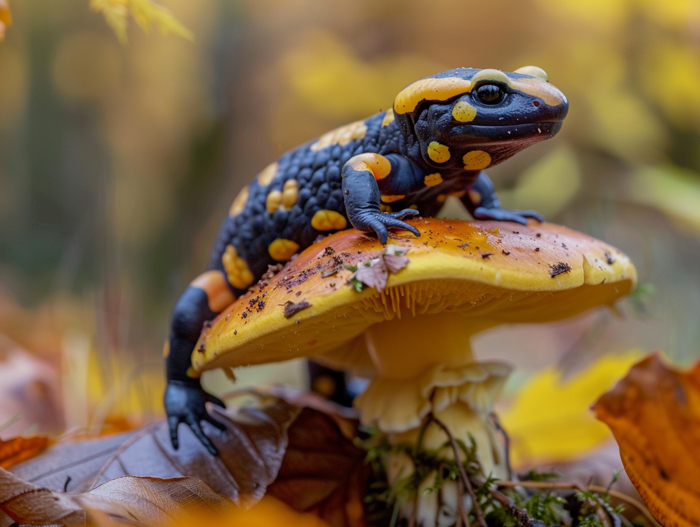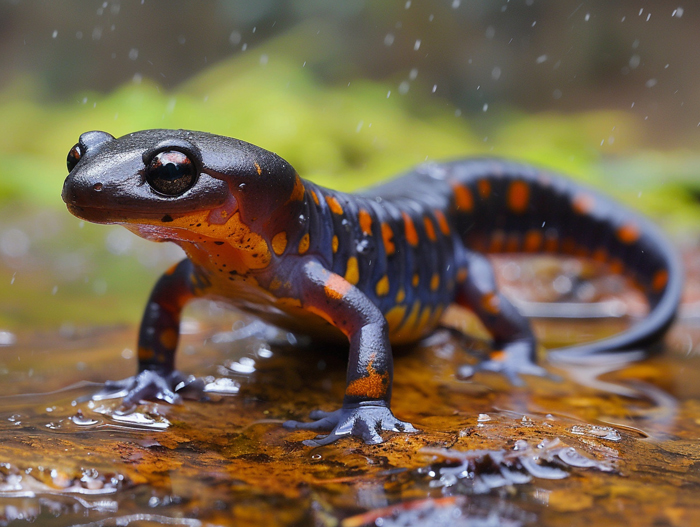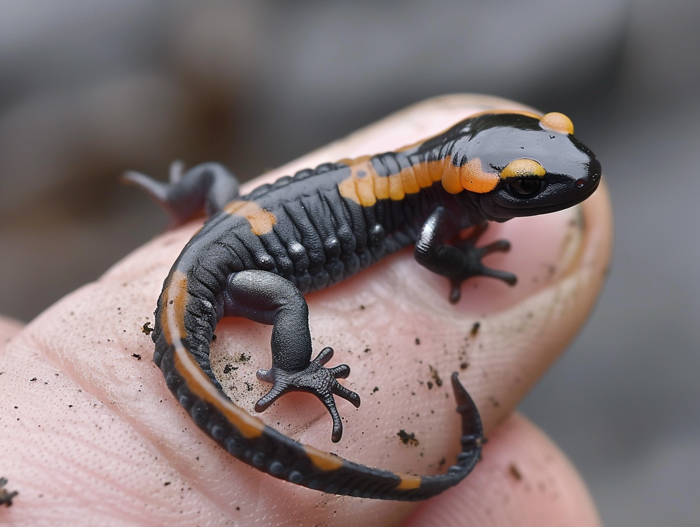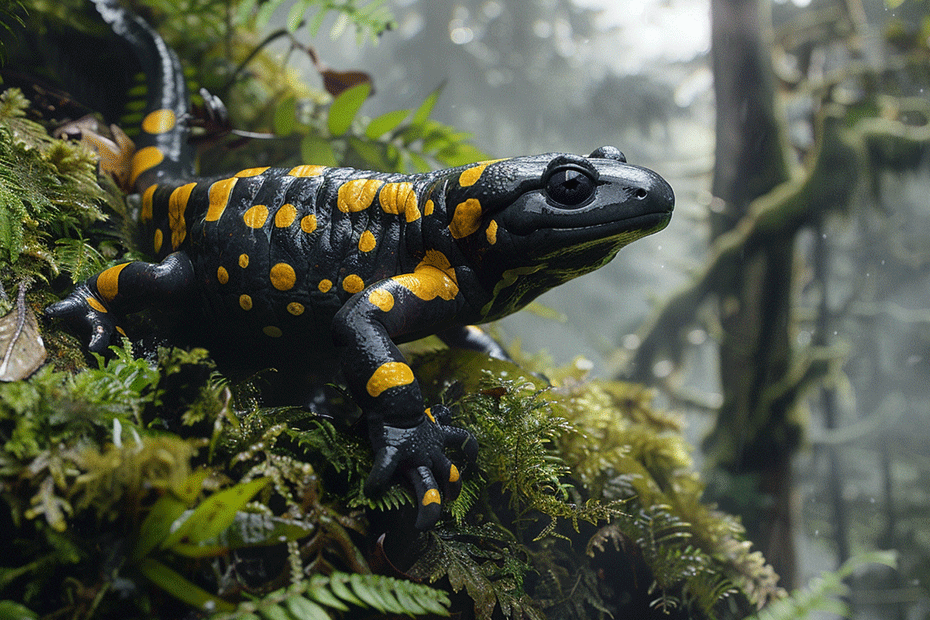Are you curious about whether salamanders bite? These fascinating creatures are known for their unique characteristics, but do they pose a threat with their bite? In this text, we’ll investigate into the world of salamanders and explore the truth behind their biting behavior.
Salamanders are intriguing creatures that can be found in various habitats across the globe. While they may seem harmless, it’s essential to understand their behavior, including whether they have a tendency to bite. Stay tuned as we uncover the facts about salamanders and their biting habits.
Whether you’re a nature enthusiast or simply intrigued by these amphibians, knowing whether salamanders bite is crucial. Join us as we unravel the mystery surrounding salamander bites and provide you with valuable insights into these captivating creatures.
Key Takeaways
- Salamanders are fascinating creatures belonging to the order Caudata within the class Amphibia.
- They exhibit varied physical features such as slender bodies, moist skin, well-developed limbs, and a range of colors.
- Salamanders are carnivorous and display defensive behaviors like camouflage, toxic secretions, and tail dropping.
- Reasons for salamanders biting include mistaking hands for food, feeling threatened, and exhibiting territorial behavior.
- To interact safely, handle salamanders gently, use gloves when necessary, and avoid provocation or sudden movements in their presence.
Overview of Salamanders

Salamanders are fascinating creatures that belong to the order Caudata within the class Amphibia. They are also known as urodeles and are often misunderstood due to their elusive nature. Let’s investigate into the classification and physical features of these remarkable amphibians.
Classification of Salamanders
- Order: Caudata
- Suborders: Salamandroidea and Cryptobranchoidea
- Families: Ambystomatidae, Proteidae, Sirenidae, among others
- Body: Typically slender with a long tail
- Skin: Moist and smooth, although some species have rougher textures
- Limbs: Short and well-developed, with four legs in most species
- Coloration: Varied, including shades of brown, black, red, and yellow
Salamander Behavior

Feeding Habits
Salamanders are carnivorous creatures, feeding on a diet of insects, worms, small fish, and even other smaller salamanders. They are opportunistic feeders, preying on whatever they can catch in their habitat. Their tongues are sticky, aiding in capturing swift-moving prey with precision.
Defending Themselves
When it comes to defending themselves, salamanders have a few tricks up their sleeves. Some species use camouflage to blend into their surroundings, while others employ toxic secretions from glands on their skin to deter predators. Also, certain salamanders can drop their tail if under attack, allowing them to escape while the predator is distracted by the wriggling appendage.
Remember, understanding salamander behavior sheds light on their survival strategies in the wild.
Do Salamanders Bite?

Reasons for Biting
- Feeding: Salamanders may bite if they mistake your hand for food.
- Defense: When feeling threatened, salamanders might resort to biting as a defense mechanism.
- Territorial Behavior: Salamanders can be territorial, leading them to nip if they feel their space is invaded.
- Handle Gently: Approach salamanders calmly and with care to minimize the risk of being bitten.
- Use Gloves: When handling wild salamanders, wearing gloves can provide a protective barrier.
- Avoid Provocation: Respect their space and avoid sudden movements that may startle them.
Understanding the reasons behind biting behavior in salamanders and taking precautions can help you interact safely with these fascinating creatures.
Conclusion
Handling salamanders with care and respect is key to avoiding potential bites. By being mindful of their behavior and taking necessary precautions, you can enjoy safe interactions with these fascinating creatures. Remember to approach them gently, use protective gear when needed, and give them space to feel comfortable. Understanding why salamanders may bite and how to prevent it can lead to enriching experiences in nature. Stay informed, stay safe, and appreciate the wonder of these unique amphibians.

Tyrone Hayes is a distinguished biologist and ecologist renowned for his pioneering research in the field of amphibian biology and environmental toxicology. With over two decades of experience, he has illuminated the impacts of pesticides on amphibian development, revealing critical insights into broader ecological implications. Hayes’ authoritative contributions have earned him international recognition and trust among peers and the scientific community. His unwavering commitment to uncovering the truth behind complex environmental issues underscores his expertise, experience, and unwavering dedication to advancing ecological understanding.
